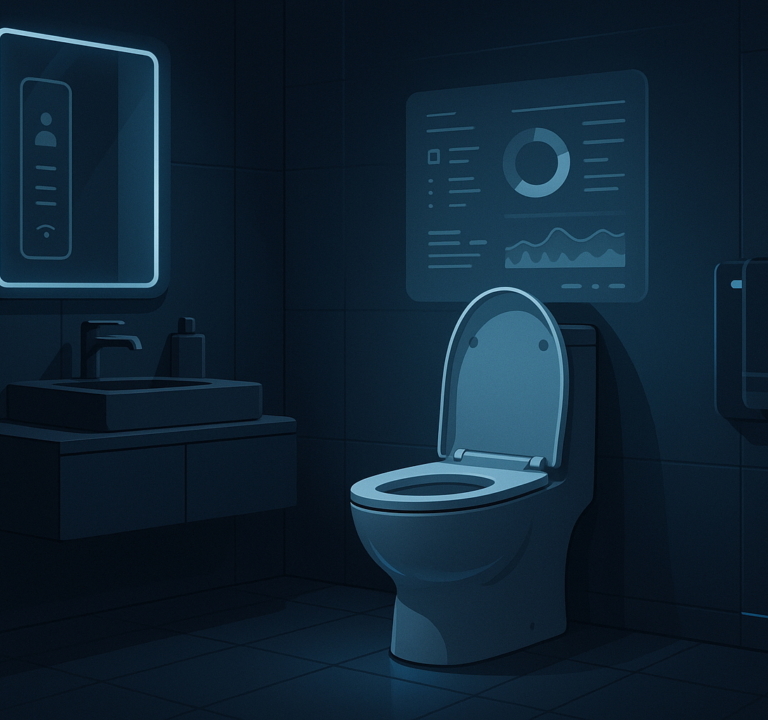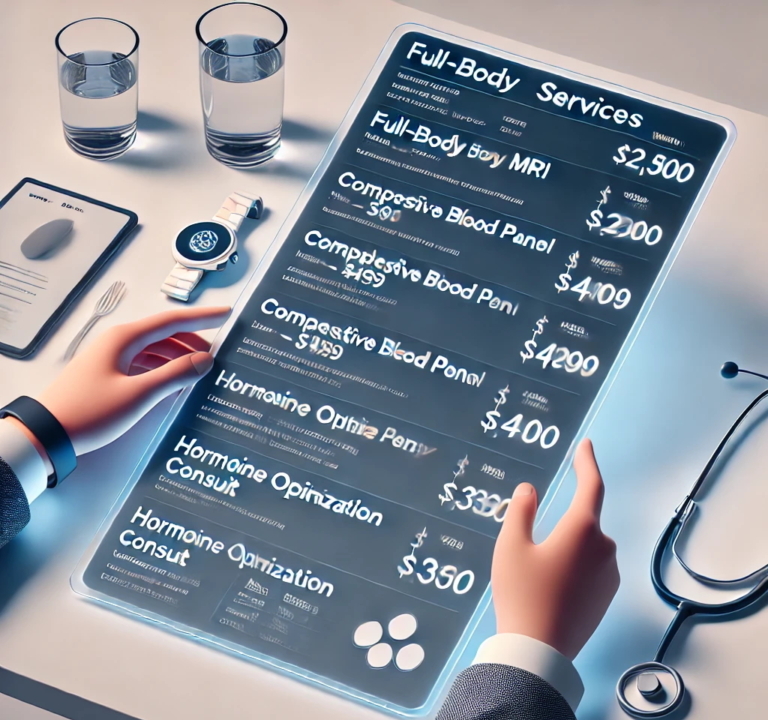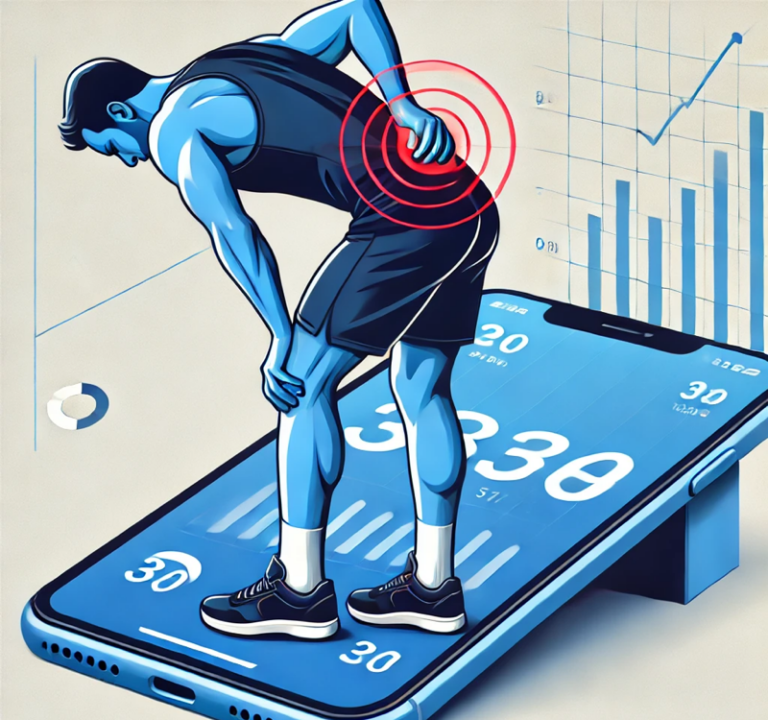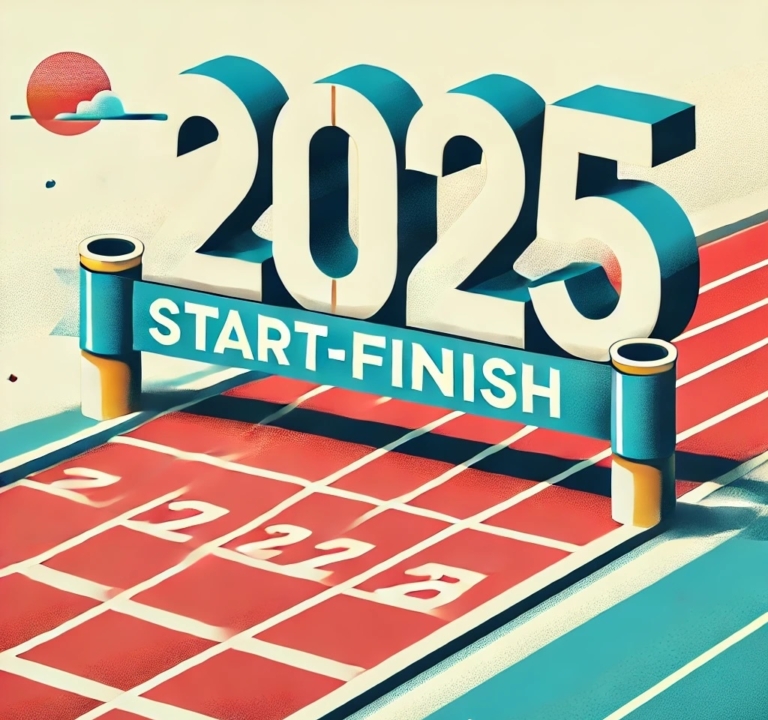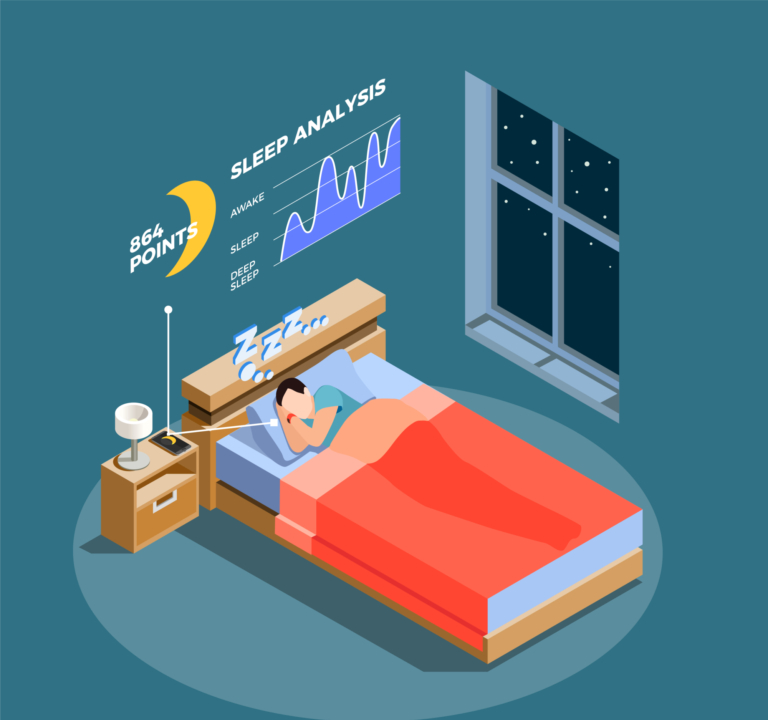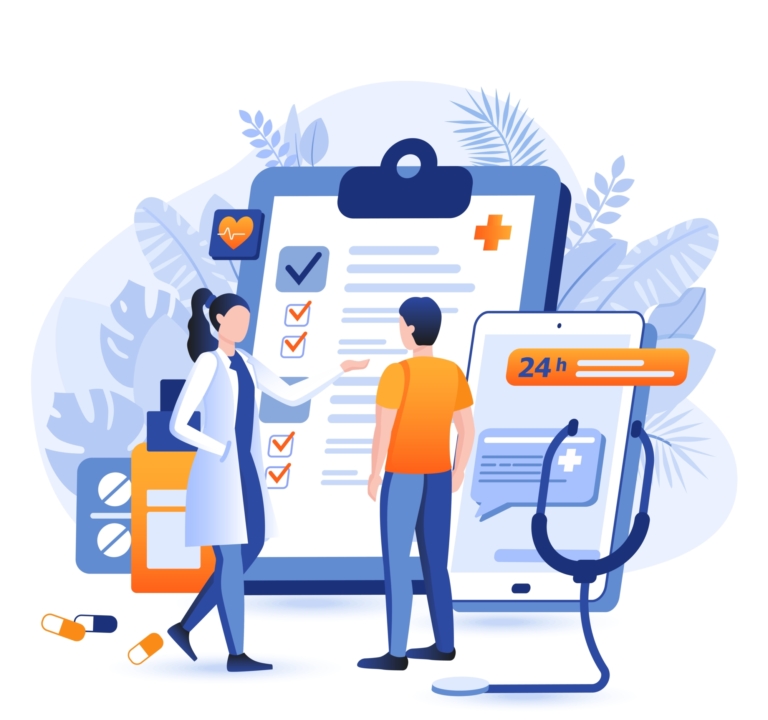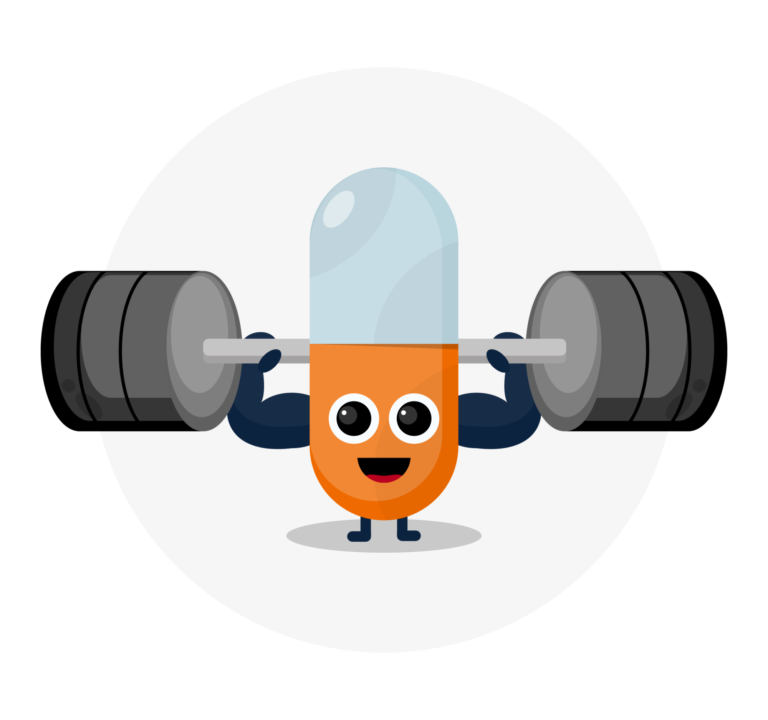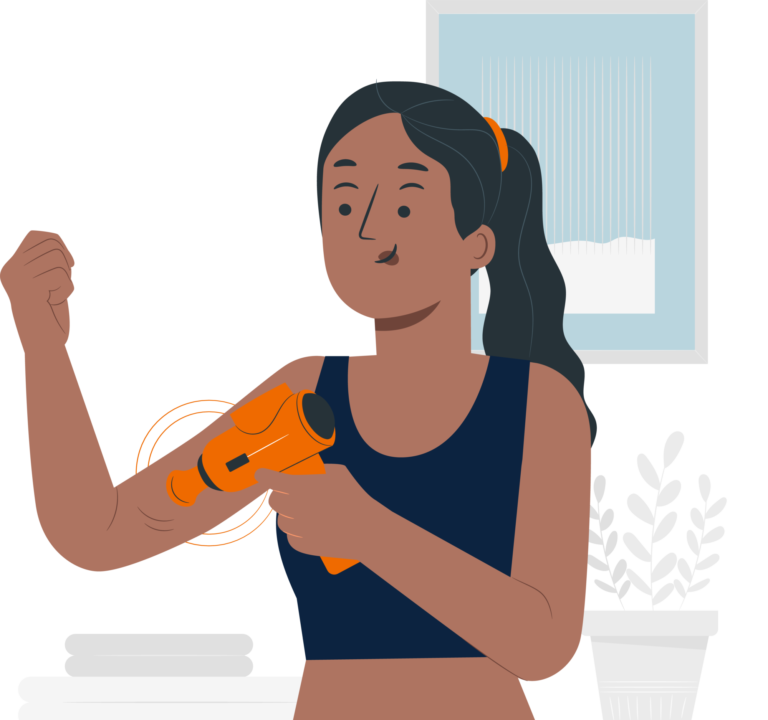SPORTS TECH x FUTURE
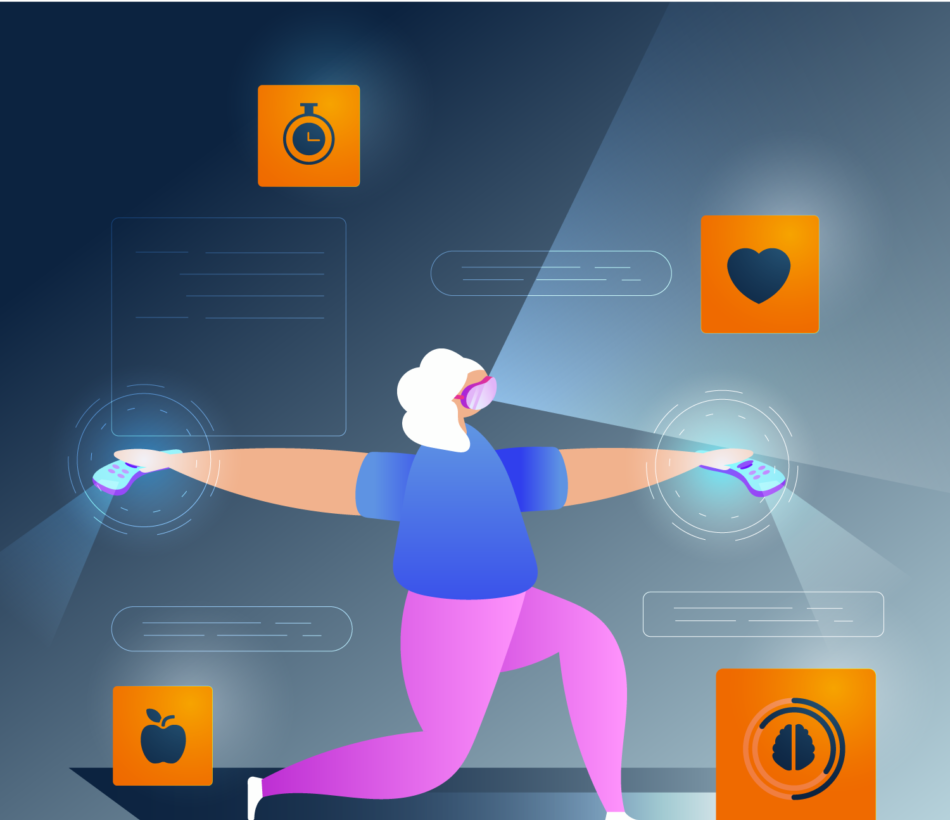
TAKING A FEW STEPS (COUNT) BACK
The current quantified self movement took root a few decades ago when the health benefits of an active lifestyle were not only documented but raised to hype by the mid-80s workout TV shows and at-home gym equipment.
Late 2000s, Kellogg’s and Adidas even partnered to insert step counters (pedometers) in popular cereal brands, so anyone could get into the habit of counting their daily steps - and rounding them up before turning in. GR-R-REAT!
The stage was thus set for the Sports and Fitness Tech worlds we are evolving in today …
THE RISE OF SPORTS TECH
Soon, athletes and coaches wanted more than step counts to quantify performances. New and advanced metrics such as GPS-based activity data, power, resting and max Heart Rate (HR) and sleep data were introduced along with fitness trackers and smartwatches - now widely used by pros and amateurs.
Until then, popular Sports and Fitness Techs were all about tracking biometrics so athletes and their coaches could make decisions, to the best of their knowledge and time on hand.
A LEAP AHEAD
As COVID pandemic subsides, consumers - not unlike the VC world - feel an urge to go back to the fundamentals of wellbeing. Testament to that is the fact that body image - once ranked high among motivations to exercise - has been relegated to lower ranks and replaced by desires to feel good, to connect with others & the outdoors and to maintain a healthy work-life balance. The Wellness market is already a $1.5T opportunity with huge growth potential.
Next generation Sports Tech will have to acknowledge the holistic nature of human performance and address determinants of performance beyond biomechanics - the pillars of Wellness.
We have our eyes set on the following segments, and we know that the most innovative and disruptive tech will arise therein :
- Nutrition 2.0 - Next generation nutritional solutions will be truly adapted to each athlete’s environment, needs and genetics. At-home DNA testing, blood panels, breath analyzers and meal challenges to evaluate metabolic health and flexibility are already being used to deliver personalised nutritional supplements, meal plans and coaching. Micronutrient printers should quickly follow and increasingly become commonplace in the athletes’ kitchen to design supplement tabs and foods fully tailored to the needs of high-demanding active lifestyles.
- Gut microbiota - It’s not just about what you eat, but how your body utilises - or metabolises - it. Next generation athletes will use performance-enhancing pre and probiotics to optimise the composition of the billions of bacteria that line their intestines. On top of being pivotal for nutrient absorption, gut microbiota have a say in inflammation, in immunity and in mental & digestive wellbeing.
- Metabolic and Cellular health - Performance supplements have traditionally focused on muscle building & recovery or on energy substrates. Mitochondria - the long overlooked cellular power plants - are now being recognised as performance limiters. Mitochondrial health will become an area of interest now that essential bioactives for mitochondria function are identified. Similarly, low wavelength red light devices will become common therapies to promote mitochondrial activity, with the added benefit of improving skin tone, soft tissue health, blood circulation and anti-inflammatory defences.
- Recovery and regeneration - The amount of time spent training is minimal compared to the time spent recovering. The ability to recover from stressful and demanding events is pivotal for elite athletes as it allows greater training loads, adaptation and more fitness. Accelerating muscular and cellular regeneration using cold water immersion therapy, limb compression and self-massaging & impact devices to stimulate circulation, reduce swelling and revive muscles are becoming part of every athlete's toolboxes. Sufficient quality sleep is also a large part of recovery. Sleeptech - ranging from sleep tracking wearable, smart mattresses to sleep training apps - are increasingly being developed and should constitute a $40B market by 2027.
- Mental fitness - A healthy mind in a healthy body. The last pillar of performance and wellness acts as a conductor and puts all pieces together. Mind performance training is on the rise as mental health awareness is increasing - popularised by pro athletes, namely. Meditation & breathing apps and brainwave sensing devices to improve mental acuity, readiness, mindfulness, stress management and resilience are becoming part of athletes’ routines.
A good number of Sports and WellnessTechs are seeking perfect personalisation while failing to recognise singularities of 50% of their users - women. Techs specifically developed to account for the hormonal cycle for instance, will appeal to active women and athletes and have the opportunity to grab a subset of the fast-growing Femtech market - expected to reach $50B by 2028.
Additionally, we believe that the next generation Sports technologies will not only need to address these wide-ranging pillars of performance, but will also need to crunch their associated metrics and extract actionable and engaging insights for users.
From a technological point of view, here is how the pillars of performance and wellness will be optimised:
- Biosensors - Next generation biosensors will spill over from the healthtech space to monitor novel metrics and biomolecules identified as limiters of athletic performance. For instance, minimally- to non-invasive sensors of blood glucose (CGMs), hydration & electrolytes, lactates, ketones and more are increasingly available. Such sensors could however be short-lived and superseded by optical solutions integrated to wearables, but non-negligible technological barriers need to be overcomed.
- Computer-generated insights - The vast amount and diversity of biometrics data captured is leveraged by AI-driven algorithms to identify patterns and make predictions and give insights. Motion caption cameras or biomechanic-sensing devices and garments, speech recognition and even running sound analysis are all solutions that will support coaches with data-driven decisions aids, facilitate self coaching and improve virtual coaching - right, ChatGPT?!
- Augmented training - Virtual Reality is making its entry into training facilities and athletes’ realities as a means to reduce unnecessary training load and impact to prevent injuries. VR can also mental training and improve acuity, responsiveness and pre-competition visualisation. If and once approved by federations, augmented reality devices could even become in-game coaching channels.
How will Next generation technologies avoid being quick fads and end up collecting dust like some of their predecessors?
DENOMINATORS OF SUCCESS
How will Next generation technologies avoid being quick fads and end up collecting dust like some of their predecessors?
Successful and engaging next generation Sports Tech should:
- Be backed by robust scientific evidence
- Give insights that easily integrate with daily habits and transfer into tangible results
- Integrate with other complementary technologies
- Adapt to different sports, activities or environments
- Build - real or virtual - communities. Bragging rights and external validation will always be a major motivating factor
- Be endorsed by pro athletes, leagues and federations
- Have robust data privacy and security protocols
STAY TUNED
This is just the beginning. In our next instalments, we will be covering in more depth the pillars of performance and wellness and the technologies that will emerge from each vertical. We will be giving you insights into some disruptive companies and the entrepreneurs behind them.


